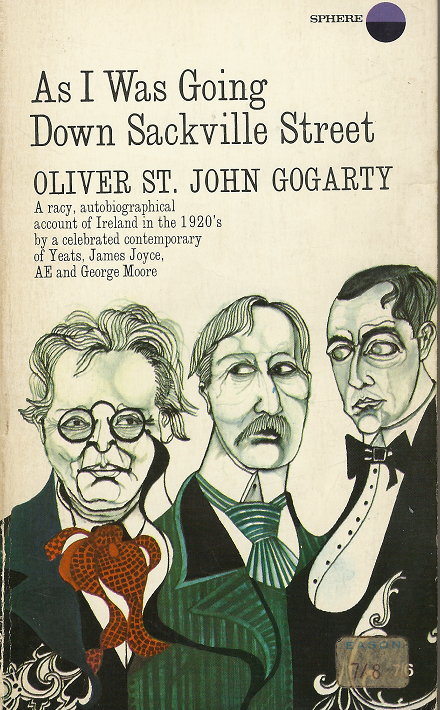
The Irish Press, April 25 1966
The fiftieth anniversary of the 1916 rising was of course a monumental moment in the history of the Irish state. It was marked in a wide variety of ways, for example in Dublin with the opening of the Garden of Remembrance and the pageant Aiséirí at Croke Park on Easter Sunday, not to mention a full military parade on our main thoroughfare.
As Fintan O’Toole noted in a 2011 Irish Times article on commemorating the Rising:
The 50th anniversary in 1966 was perhaps the nearest thing to a broadly embraced national celebration, with everything from postage stamps to the renaming of train stations, and from Hugh Leonard’s TV re-enactment, Insurrection , to a pageant in Croke Park.
One of the more unusual manners in which the anniversary was marked was at Dalymount Park, where the FAI Cup Final would take place on the exact anniversary of the rising, April 24th.
The 1966 FAI Cup final was by all accounts not a beautiful game of football. Indeed, The Irish Times went as far as to say it was “among the most disappointing finals ever”. Shamrock Rovers and Limerick would play it out at Dalymount Park, with the game ending in a two-nil victory to the Dubliners, but prior to kickoff the crowd would witness something rather unusual.
Over 200 veterans of the 1916 rising accepted a special invitation to attend the final from the FAI, and among the survivors to attend the final was President Eamon deValera. The Irish Times of April 23rd noted the men were to parade in the centre of the pitch, salute the President and then there would be the playing of the Last Post before the veterans would then make their way to a special seating area in the stands. The Fintan Lalor Pipe Band led proceedings.
Oscar Traynor is a name today associated with football among the youth of the city for the cup named in his honour, but the one-time FAI President was also a veteran of the Easter Rising of 1916. Traynor had a great love of the beautiful game, and had toured Europe with Belfast Celtic in 1912. His Witness Statement to the Bureau of Military History on his role in the 1916 rising is quite a good read, and begins almost with this excellent line.
I was connected with football up to that and I broke with football when I saw that there was something serious pending.
Something serious indeed!

Veteran of the Easter Rising and later FAI President Oscar Traynor
Traynor passed away in 1963, but the Irish Independent report on the 1966 final would note that the pre-match ceremony “was a historic occasion with the freedom fighters of 1916 taking part beforehand in ceremonies which would have brought joy to the heart of the late president of the FAI, Oscar Traynor. The final itself, however, brought little joy to the hearts of the 26,898 spectators who gave it their disapproval in the slow hand-clap in the second half.”
The FAI took aim at Radio Eireann the following day for not broadcasting the FAI Cup Final. The FAI President and Minister for Health Donagh O’Malley took aim at the station, stating “it would be remiss of me if I did not express my utter disgust at the manner in which the broascasting authority in this country has treated soccer followers.”

A historic day for Irish soccer, but not broadcast by Radio Eireann.
Sportsfile today have some excellent images from the 1966 clash, as mentioned above said to among the worst FAI Cup Finals ever played, but sadly no images of the 1916 commemoration prior to kick off.
Long on my list of books to read is Sean Ryan’s history of the FAI Cup. The cup has many interesting stories of course, and it’s role in marking the fiftieth anniversary of the Easter Rising shouldn’t be forgotten.























 Click on the book for more.
Click on the book for more. Click on the book for more.
Click on the book for more.